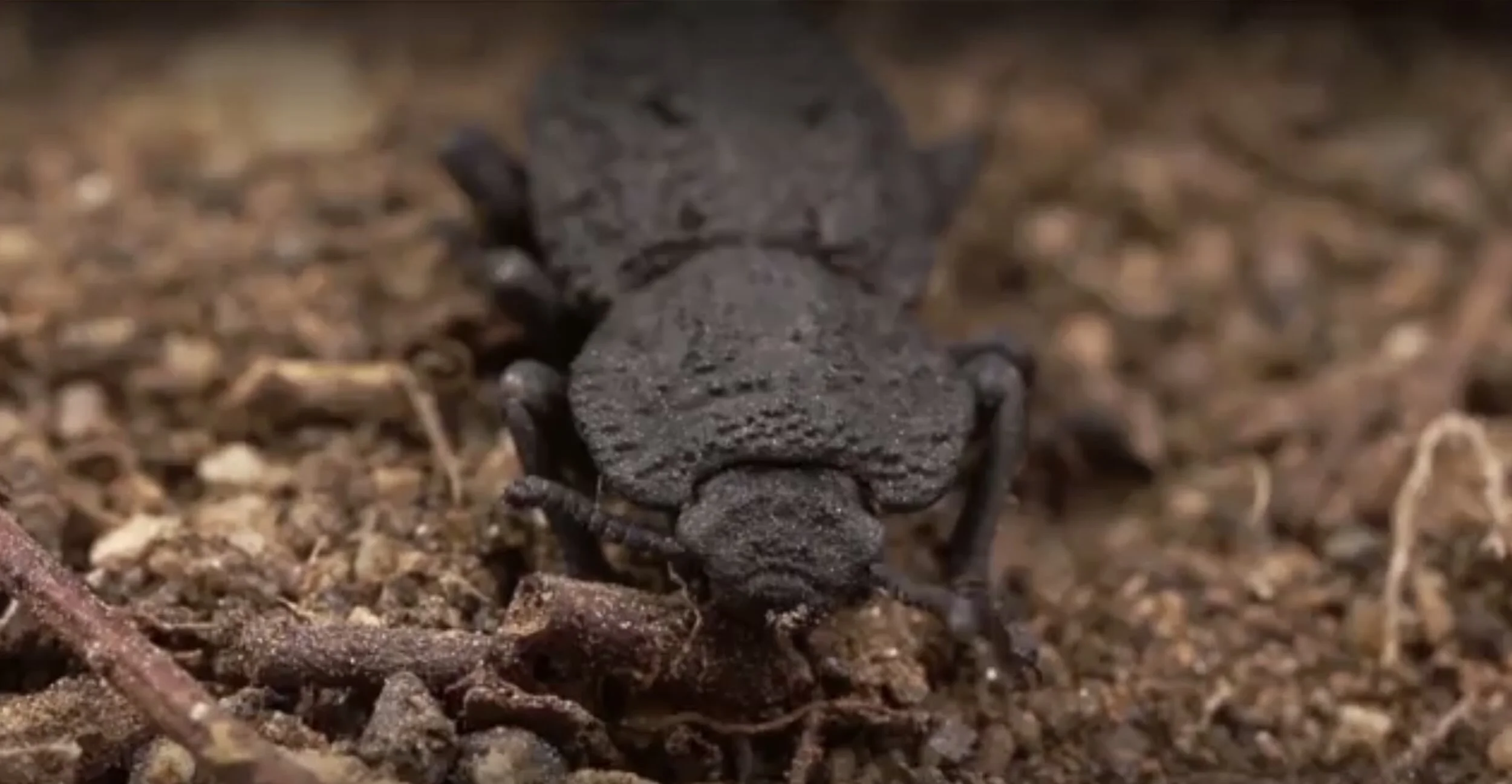A team of researchers from the Australian Deakin University employed a novel way of teaching autonomous vehicles to drive using a convolutional neural network.
Comments and suggestions are welcome! Don't hesitate and leave a comment on our comment section down below the article!
Image Credit: Melpomenem via iStock - HDR tune by Universal-Sci
Scientists might have found an improved method of teaching self-driving cars to drive themselves by observing humans and employing a convolutional neural network. With the help of an improved sight-correcting system, self-driving cars learn simply by watching human drivers perform the same task. The research team published their findings in the IEEE/CAA Journal of Automatica Sinica.
Learning via simple observation is called imitation learning. Scientists equipped a car with three different cameras, capable of observing the environment on each side of the car as well as from the front. A human driver will then drive the vehicle, generating data that will be processed through an advanced neural network. Artificial neural networks are computing systems that are vaguely inspired by the biological neural networks that constitute biological brains. It's based on how the brain's neurons engage to process data. The neural network allows vehicles to make judgments based on what it learned from watching humans make similar judgments.
Saeid Nahavandi, one of the researchers, said that the above-mentioned process should lead to a model entirely rigged up from the pictures taken by the cameras. The forthcoming model is consequently expected to drive the car autonomously.
The researchers explicitly decided that the processing system should be a so-called convolutional neural network (or CNN), which represents a reflection of the brain's visual cortex. In deep learning, a convolutional neural network is a class of deep neural networks, usually applied to examining visual imagery. The neural network has an input layer, an output layer, and several processing layers in the middle. The input converts optical data into points (dots), which are then subsequently continuously compared as more visual information comes. By decreasing the optical data, the network can rapidly process variations in the environment: a change of dots that appear ahead might, for example, point to an obstacle in the road. Coupled with the knowledge obtained from witnessing the human driver, the algorithm recognizes that an unexpected obstruction in the street should employ the vehicle to brake and avoid a potential collision.
If this is the future we have to make sure that it’s safe - Image Credit: metamoroworks via iStock - HDR tune by Universal-Sci
Nahavandi explains that having a robust vision that can be trusted is a compulsory condition when it comes to self-driving vehicles. CNN's are one of the most successful deep neural networks for image processing purposes. Nonetheless, there are still a few drawbacks. One example is that imitation learning accelerates the training process while reducing the amount of training data required to produce a good model. Whereas CNN's ask for a really substantial amount of training data to get to an optimized configuration of filters and layers that can help arrange data, and produces a model that is able to drive on its own without significant errors.
Nahavandi gave an example in which he explained that his team found that increasing the number of filters did not inevitably result in a more reliable performance. The ideal selection of parameters of the network and training method remains to be an unanswered question that scientists around the world are still actively examining. In the future, Nahavandi and his team plan to research more efficient and intelligent procedures, like so-called 'evolutionary' and 'genetic algorithms.' Their end goal is to get an ideal set of parameters for creating excellent self-learning autonomous vehicles.
If you are interested and would like to learn more about the subject be sure to check out the IEEE/CAA Journal of Automatica Sinica listed below
Sources and further reading: IEEE/CAA Journal of Automatica Sinica / Convolutional neural networks
If you enjoy our selection of content please consider following Universal-Sci on social media:



















